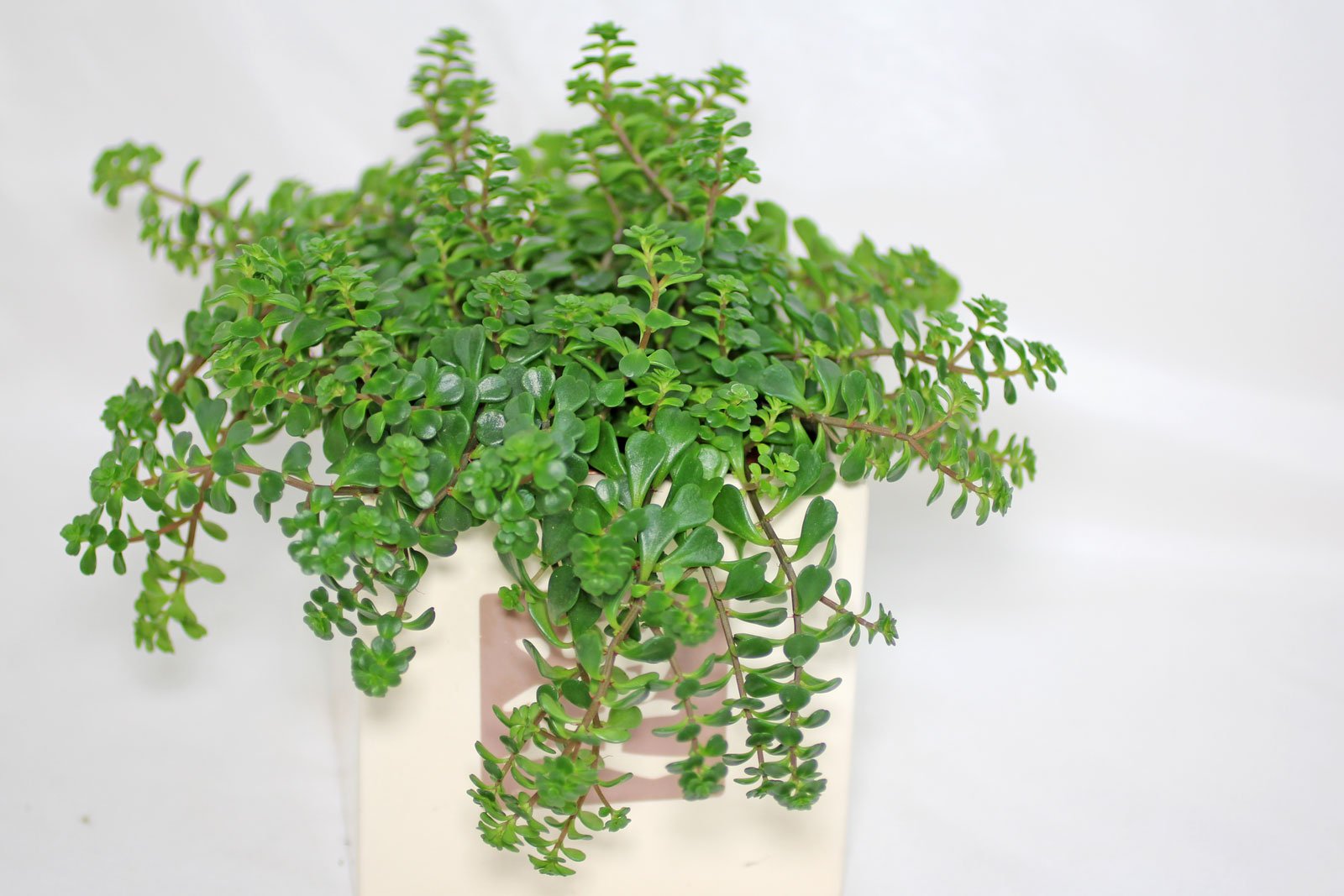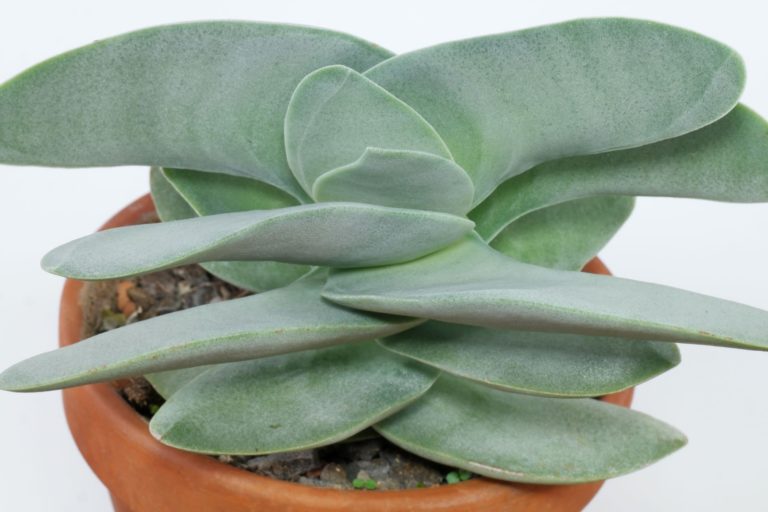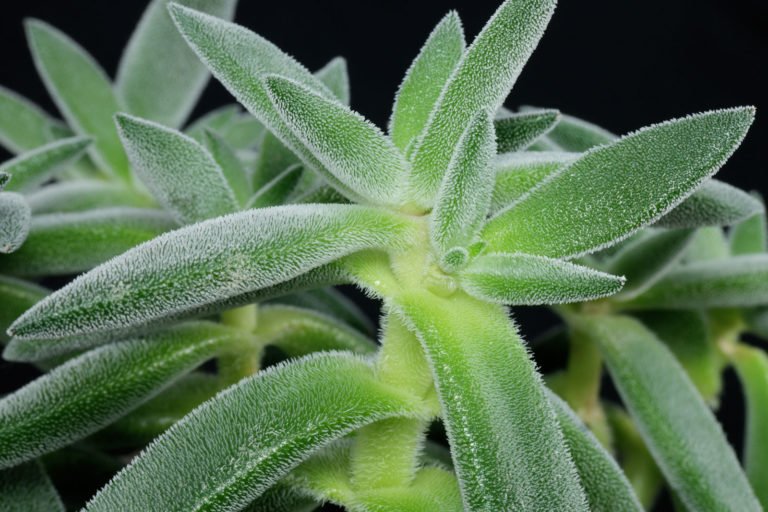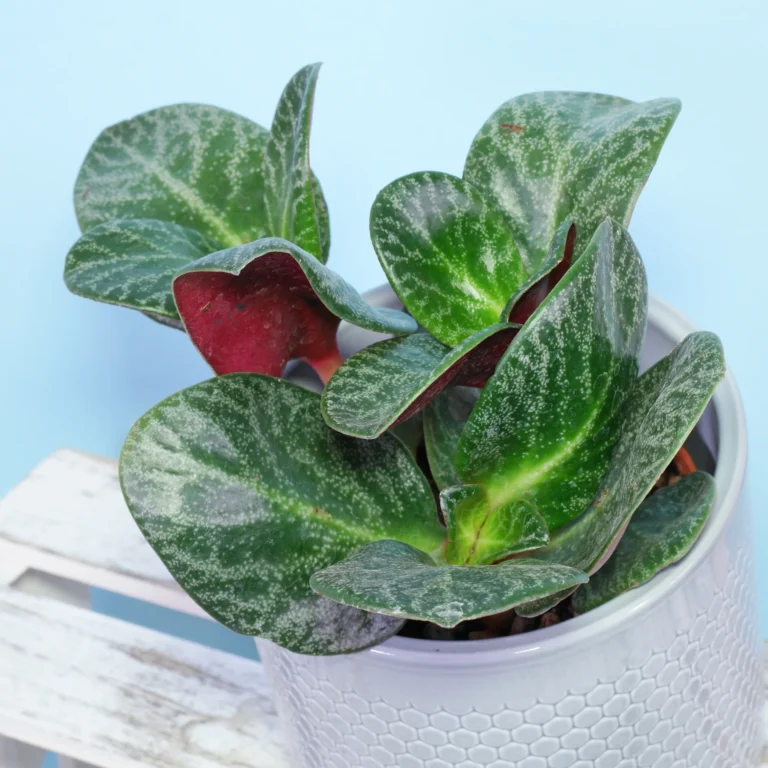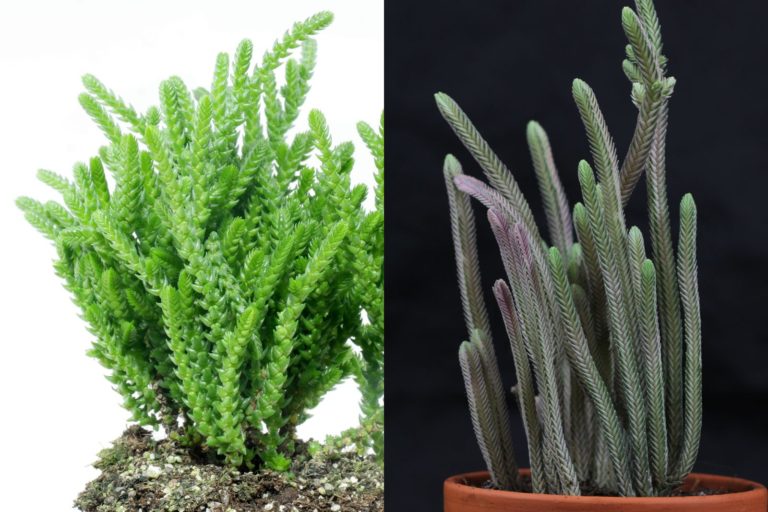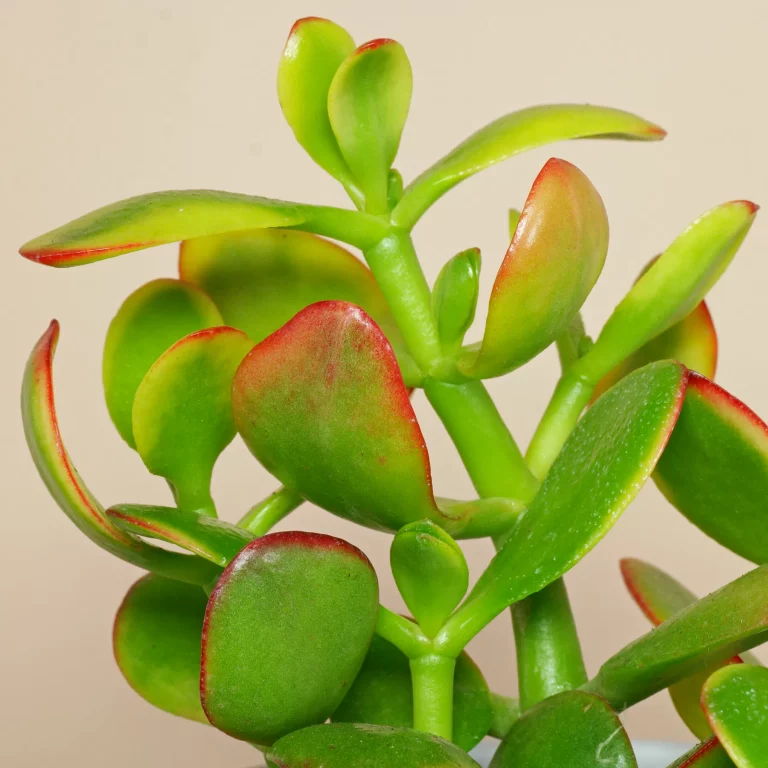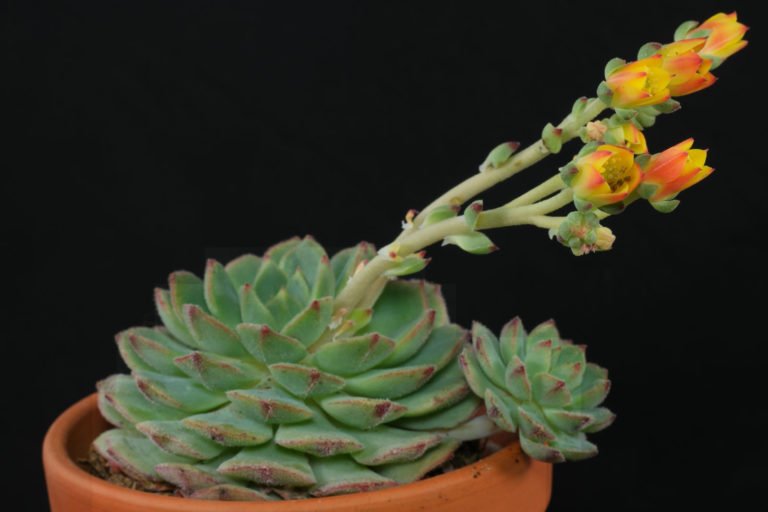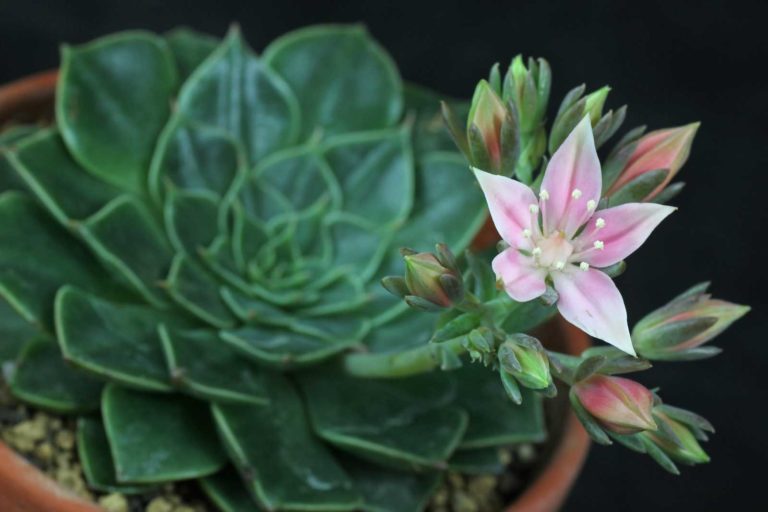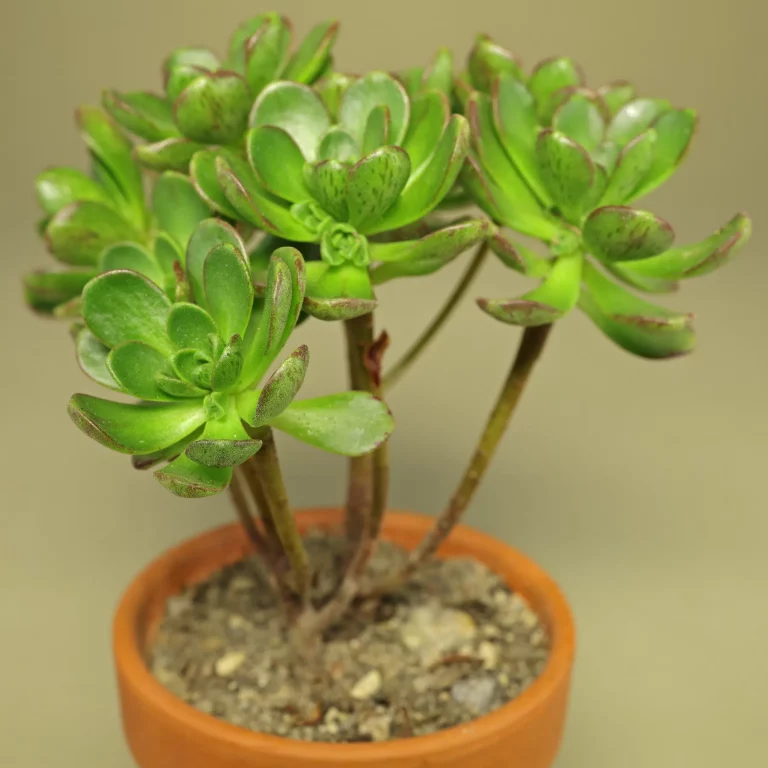Japanese Stoncrop
Sedum makinoi is native to Japan, the leaves of the wild type are green, but a cultivar with yellowish leaves is also available: Sedum makinoi “Ogon” (Golden Japanese Stonecrop).
Specifics
Sedum makinoi is said to tolerate light frosts. However, this member of the Crassulaceae family does not seem to cope with heavy frosts. It has not survived the winter in my garden.
Location
Sunny to partial shade locations are welcome. Oversummering in the garden or on the balcony is possible. There, please slowly accustom the Japanese Stonecrop to the sun no longer filtered through a window.

Soil
Substrates for cacti and other succulents are suitable. If you want to mix it yourself, you can use peat-free vegetable soil, bird sand and clay granules/pumice gravel in a ratio of 2:1:1.
Watering
The root ball should be allowed to nearly dry out between waterings. The occasional drying out does no harm.
Waterlogging, which is when water sits in the saucer for days, will cause the roots to rot. However, this does not mean that the stonecrop is dead. Cuttings can be taken from shoots that are still alive, and they will quickly show new roots.
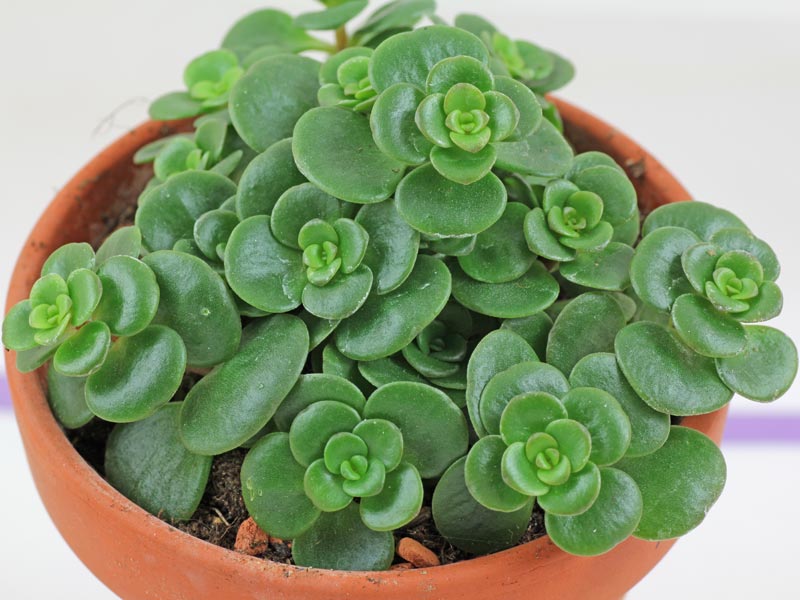
Feeding
Occasionally with liquid fertilizer for cacti, green plants or flowering plants from spring to late summer. Start fertilizing no earlier than one year after purchase or repotting.
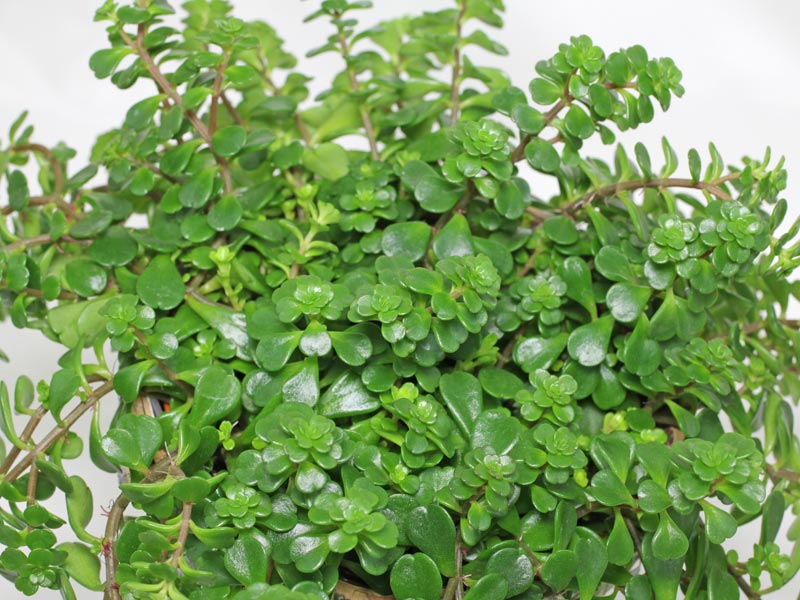
Wintering
If Sedum makinoi shall flower, a cool winter location is perfect, with temperatures between 41 and 50 °F (5 and 10 °C). Water sparingly at this time.
Wintering at room temperature is also possible, but may result in extremely long shoots. After pruning in spring, the Japanese Stonecrop will grow compact again.

Propagation
Sedum makinoi produces many aerial roots. Such shoots can be used as cuttings. They grow quickly. It is just enough to put them on the substrate.
